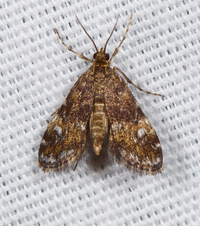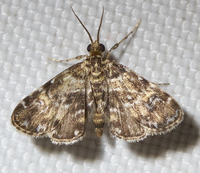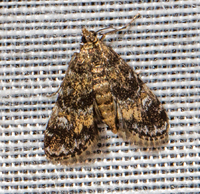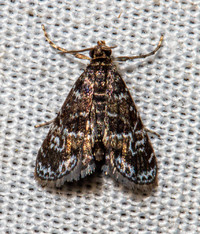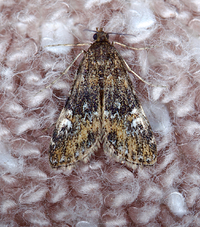
| Recorded by: Tony McBride, Jim Petranka and Becky Elkin on 2025-10-29
Craven Co.
Comment: | 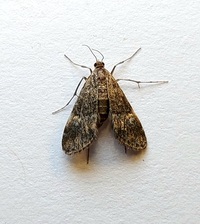
| Recorded by: Mark Basinger on 2025-10-18
Wilson Co.
Comment: |
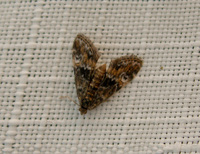
| Recorded by: R. Newman on 2025-09-22
Carteret Co.
Comment: | 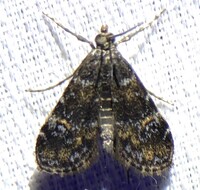
| Recorded by: Dean Furbish and Joy Wiggins on 2025-09-19
Wake Co.
Comment: |

| Recorded by: Mark Basinger on 2025-09-13
Wilson Co.
Comment: | 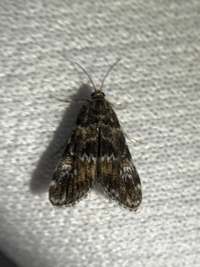
| Recorded by: Larry Chen, Sarah Toner on 2025-09-06
Beaufort Co.
Comment: |

| Recorded by: Dean Furbish and Joy Wiggins on 2025-09-02
Wake Co.
Comment: | 
| Recorded by: R. Newman on 2025-08-22
Carteret Co.
Comment: |
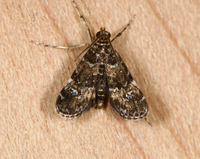
| Recorded by: Jim Petranka, Mark Basinger and Becky Elkin on 2025-08-02
Richmond Co.
Comment: | 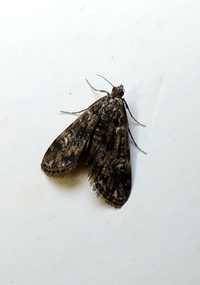
| Recorded by: Mark Basinger on 2025-07-14
Rowan Co.
Comment: |
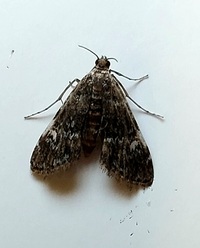
| Recorded by: Mark Basinger on 2025-07-10
Brunswick Co.
Comment: | 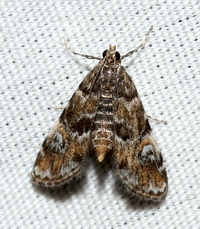
| Recorded by: David George, David Cheng, Patrick Coin on 2025-06-29
Richmond Co.
Comment: |

| Recorded by: David George on 2025-06-29
Richmond Co.
Comment: | 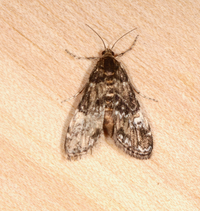
| Recorded by: Jim Petranka, Mark Basinger and Becky Elkin on 2025-06-29
Richmond Co.
Comment: |

| Recorded by: Jeff Niznik, David George, Larry Chen, Sarah Toner, Joye Zhou on 2025-06-20
Richmond Co.
Comment: | 
| Recorded by: Dean Furbish, Lior S. Carlson on 2025-06-17
Alamance Co.
Comment: |
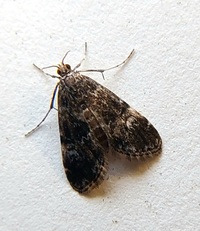
| Recorded by: Mark Basinger on 2025-06-11
Wilson Co.
Comment: | 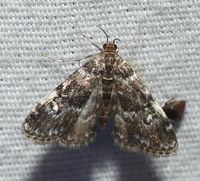
| Recorded by: David George on 2025-06-07
Durham Co.
Comment: |

| Recorded by: B. Bockhahn on 2025-06-03
Currituck Co.
Comment: | 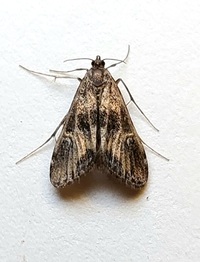
| Recorded by: Mark Basinger on 2025-06-03
Wilson Co.
Comment: |

| Recorded by: David George, Jeff Niznik, Jim Petranka on 2025-05-24
Richmond Co.
Comment: | 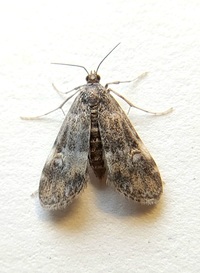
| Recorded by: Mark Basinger on 2025-05-20
Wilson Co.
Comment: |
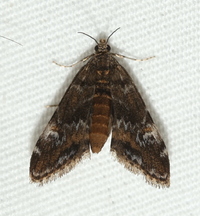
| Recorded by: David George on 2025-05-16
Durham Co.
Comment: | 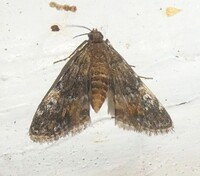
| Recorded by: Simpson Eason on 2025-05-13
Durham Co.
Comment: |
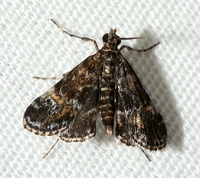
| Recorded by: David George, Jeff Niznik, Jim Petranka, John Petranka, Becky Elkin on 2025-05-09
Cumberland Co.
Comment: | 
| Recorded by: Mark Basinger on 2025-05-04
Wilson Co.
Comment: |
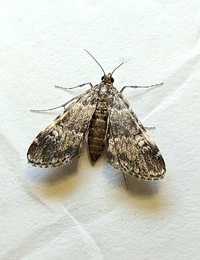
| Recorded by: Mark Basinger on 2025-05-03
Brunswick Co.
Comment: | 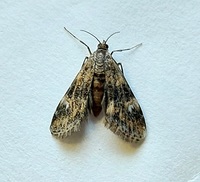
| Recorded by: Mark Basinger on 2025-05-03
Brunswick Co.
Comment: |
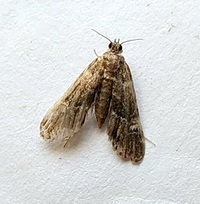
| Recorded by: Mark Basinger on 2025-05-02
Brunswick Co.
Comment: | 
| Recorded by: Mark Basinger on 2025-04-29
Wilson Co.
Comment: |
|

 »
»